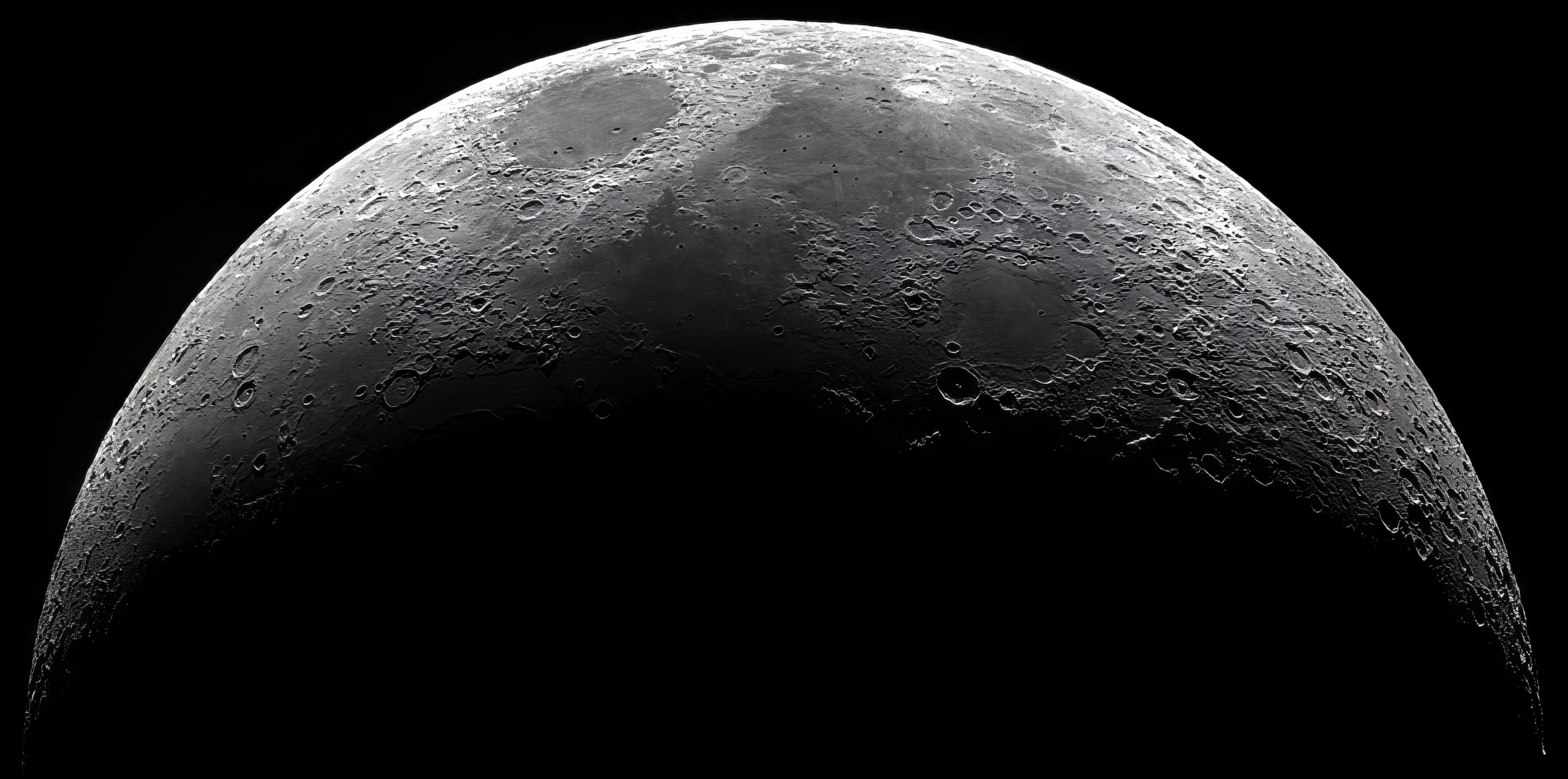A word from the Lunar Section Director
2023 October 10
Marking one year since formally assuming the role of Director of the Lunar Section, Dr Tony Cook discusses his enthusiasm for all things lunar – and how you can get involved in the Section’s work.

My enthusiasm for observing the Moon was sparked when I once asked Patrick Moore what would be a good area of amateur astronomy to get into. That was back in the mid-1970s, and I got started by making over a hundred sketches for the Lunar Section, at different selenographic colongitudes, of the lunar mountain Mons Pico. But, like many other well-known amateur astronomers of that era, I was soon recruited into the hunt for transient lunar phenomena (TLP).
Interestingly, although the TLP programme would gain a bit of a bad reputation in terms of misinterpretation of normal appearances of lunar features when observing under different atmospheric conditions, not to mention an unintentional band-wagon effect, it did at least give valuable observing skills to many of those who took part, and even helped launch some science, technical and astronomy careers.
Little did I know that, in 2001, whilst working as a researcher for the Smithsonian’s National Air & Space Museum in Washington DC, I would be one of the few to video the flash of light from a couple of Leonid meteoroids slamming into the Moon at 75km/s. That was only the second time amateurs had demonstrated the technique. At least these were definite confirmed changes on the Moon!
Now, looking back, I do wonder if at least a tiny fraction of the 3,000 TLP reports logged could have been impact-related phenomena, such as single flashes seen against the lunar surface, or transient greyness in lunar shadows perhaps from impact ejecta making it into sunlight.
New technology & techniques
My father, Jeremy Cook, was a previous Director of the Lunar Section (1992–1995), and my mother, Marie Cook, has also been an active lunar observer and BAA Council member. Perhaps there was some astronomy gene in our DNA?
For my part, new techniques applied to the Moon have fascinated me, and in 1986 I published a joint BAA paper with my dad on ‘Experiments with solid-state imaging devices and image processing in amateur astronomy’: basically, using a line-scan camera of just 64 photodiodes to scan the surface of the Moon as it drifted past in the focal plane. Digital images of the Moon were captured and then displayed and processed on a 32kB BBC Microcomputer. That was technologically advanced stuff for the mid-1980s and could replace the cumbersome visual crater extinction device (CED) for comparing the brightness of different lunar features.
Modern cameras allow us to do 12- or 16-bit photometry of the surface and observe high-speed occultations or impact flashes in earthshine; when used with coloured filters and when imagery is ratioed, this can tell us about lunar mineral content. Even affordable thermal infrared imaging is currently possible with Newtonian reflectors. We are also quite active in doing geological studies, utilising telescope photographs and high-resolution spacecraft imagery, or other remote sensing data.
Inspiring the next generation
These days I have the pleasure to teach a few astronomy-related modules in the Department of Physics at Aberystwyth University, in a very scenic part of Wales. It is always fascinating to see young minds filling up with knowledge and expertise, somehow gleaned from my lecture notes, and then discover a few years later that some have gone on to do PhDs and are furthering their careers in astronomy or space. In a similar way, it would be great to encourage younger members of the BAA to join in with Lunar Section activities and establish the next generation of lunar observers.
All I can say to encourage fresh blood is that we have a very diverse range of topics and techniques that we cover in our monthly 50-page circular. So, if you want to adventure into lunar observing, whether it be visual sketching, trying out imaging methods, searching for binary stars with occultations, impact-flash monitoring on the dark side, observing under repeat illumination conditions to disprove past TLP reports, or just undertaking armchair studies of lunar geology, then we have a lot to offer.
| The British Astronomical Association supports amateur astronomers around the UK and the rest of the world. Find out more about the BAA or join us. |
